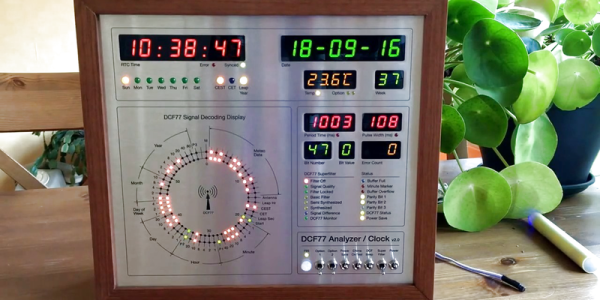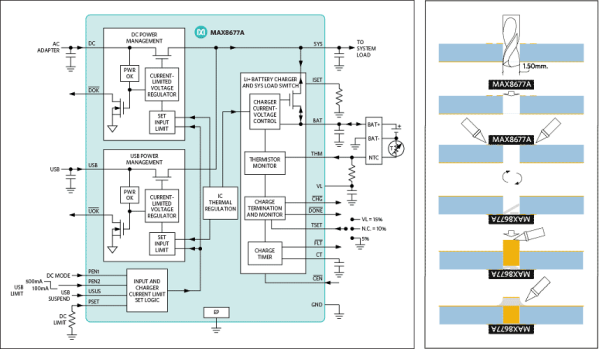Analog Devices will acquire Maxim Integrated for $20.9 billion dollars in stock, as reported by Bloomberg this morning.
Perhaps the confusing part of the news is that the Bloomberg article mentions the acquisition will let Analog Devices better compete with Texas Instruments. Wait, didn’t Texas Instruments acquire Maxim back in 2015? Actually, no. There were rumors (reported then by Bloomberg) that TI was nearing an acquisition deal but it fell through in January of 2016.
You may remember that Analog Devices snapped up Linear Tech in a $30 B acquisition back in 2017. Considering this morning’s news, how will they compare to the might of TI? Looks like 2019 revenue for TI was $14.38 B while Analog reported $5.99 B. Add in Maxim’s revenue of $3.1 B and there’s still a David and Goliath scenario here. Although revenue doesn’t tell the whole story and the proverbial slingshot for Analog may be its existing portfolio of high-margin devices, grown even larger with this acquisition.
Considering how the last half decade played out, this might mark the beginning of another wild cycle of mergers and acquisitions. The consolidation trend continues as we approach a world where just a few gigantic semiconductor companies turn production lines up to eleven to fill the world’s insatiable appetite for more powerful electronics (and more electronics in general).

















